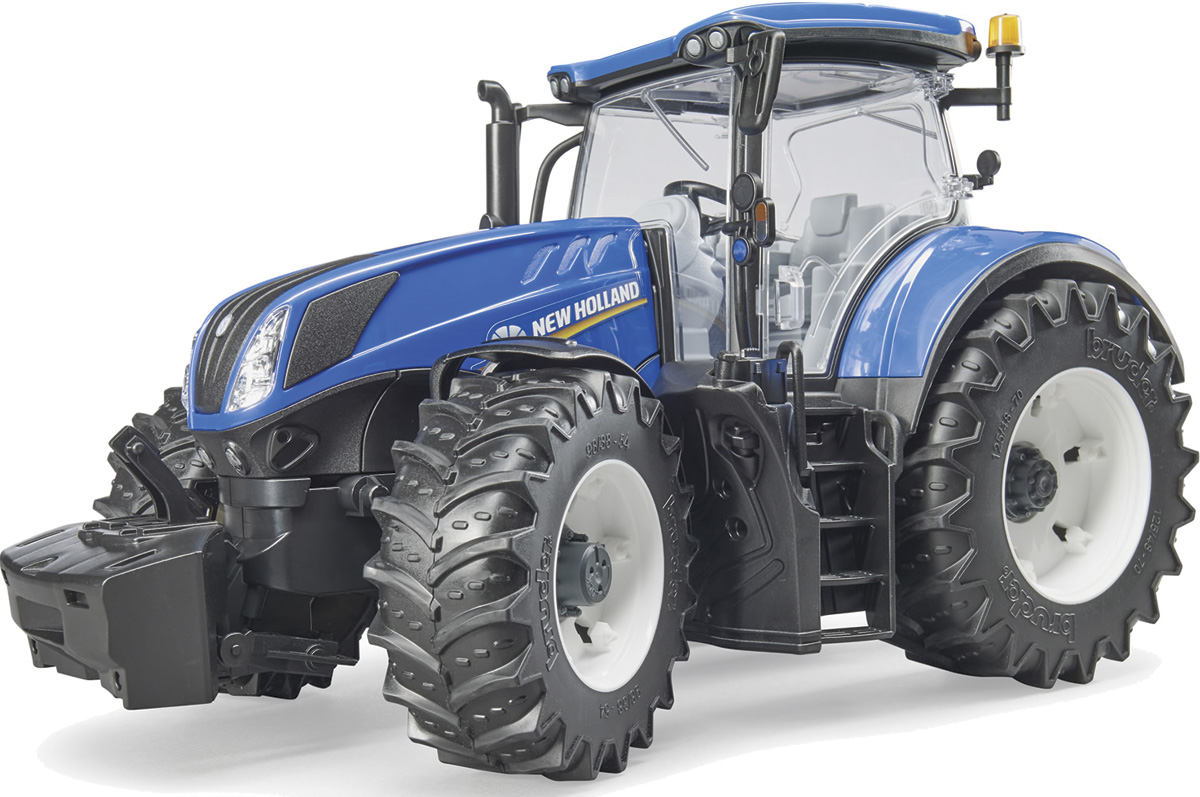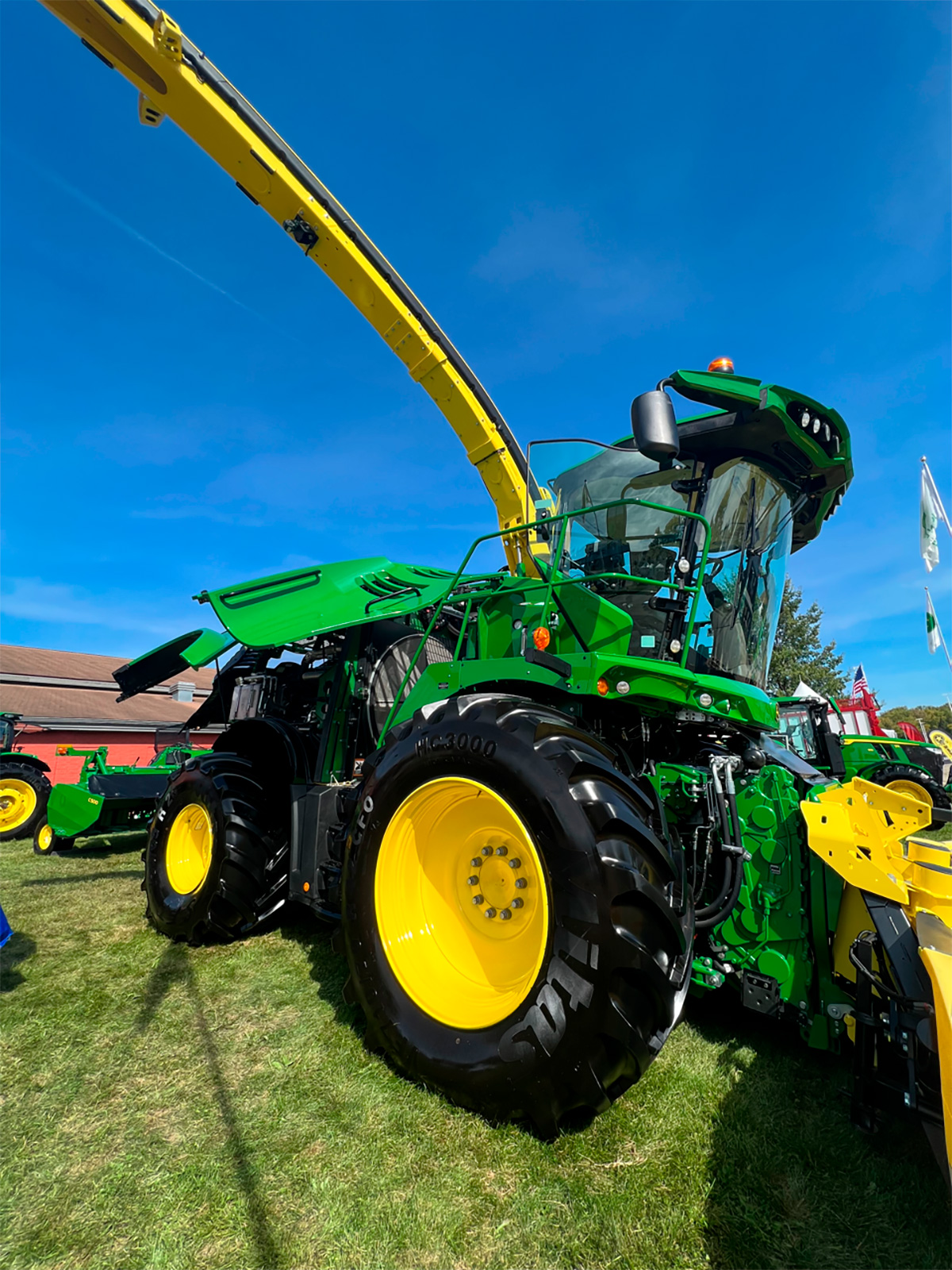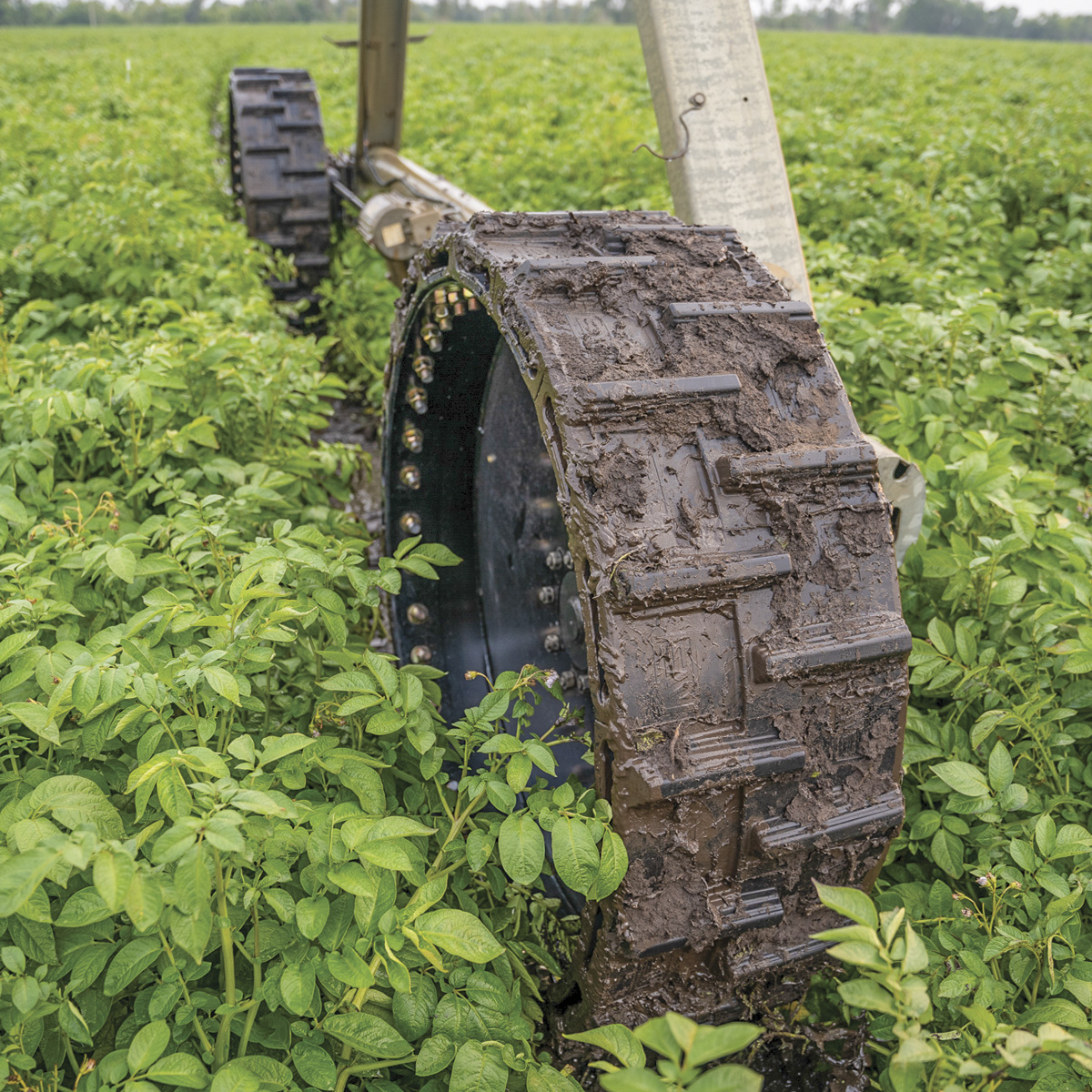It’s a solid argument that the biggest advancements in the forage industry in the past 100 years are largely due to technology in equipment. While that doesn’t mean the shiniest new piece of equipment is always the right choice for your operation, it does mean that conversations within the industry can have a large impact on decisions producers make on when to make equipment purchases and what to consider when doing so.
 Courtesy photo.
Courtesy photo. 1. Right to repair
For the past several years, the right to repair equipment by using independent mechanics and repair facilities has been a hot topic for farmers. Many producers felt like the ability to repair their equipment was challenged by technological advancements, and there wasn’t much transparency on how to repair issues they may come across when purchasing equipment.
In early January 2023, John Deere and the American Farm Bureau Federation (AFBF) signed a memorandum of understanding granting producers the right to repair their own equipment. The memorandum ensures producers will be granted access to tools, information and resources to successfully repair their own equipment or opt for an independent mechanic to do so.
The AFBF and Deere have also agreed to meet twice a year to evaluate the effectiveness of the program.
While there are still some milestones to cross, the agreement could potentially set the industry standard for the right to repair equipment.
2. Fuel variations
While the industry is very much dependent on diesel equipment, new standards of emissions are already having an impact of the development of new technology. Many manufacturers have been developing alternative fuel engines, and more advancements are being made globally toward a wider variety of acceptable fuels for use. While New Holland’s Energy Independent Farm concept isn’t a new discussion, this program and others like it will have an impact on how the industry moves forward with alternative fuels.
More new equipment releases, like the John Deere 9500 self-propelled forage harvester with a diesel exhaust fluid (DEF)-free engine, will also have an impact on the market of new purchases.
 The 9500 has a rated horsepower of 690 generated by the 6-cylinder, 18.0-liter engine. Photo by Joy Hendrix.
The 9500 has a rated horsepower of 690 generated by the 6-cylinder, 18.0-liter engine. Photo by Joy Hendrix.
3. Supply shortages
The supply shortages of the pandemic are still haunting many equipment manufacturers and distributors. The Association of Equipment Manufacturers conducted a survey in October 2022 that revealed 98% of their respondents were still facing supply chain issues, and six in 10 equipment manufacturers were facing continuing worsening conditions in the supply chain. The survey acknowledges the correlation between the struggles in the workforce and supply chain issues, but with no simple solutions to such a major backup, both the production of new equipment and acquiring parts needed to perform repairs will be a challenge producers continue to face throughout 2023.
 Photo courtesy of EWRS.
Photo courtesy of EWRS.
4. Soil health understanding
As the trend of no-till planting continues and more and more producers are emphasizing long-term soil health, equipment companies are catering to those needs. The opportunity to reduce soil compaction with stealthier equipment is becoming more readily available. Equipment companies are rethinking even the basics to improve field conditions.
Evolution Wheel is one of the companies addressing this issue. They’ve developed an airless pivot tire with a concave tread pattern that is composed of individual segments on a steel rim. The design improves serviceability and can reverse deep rutting.
At the end of the day, every dollar spent on equipment is an investment for your farm. Make sure that investment serves both your long-term and short-term goals.










